| Peace Party 1919 | Empire Day 1932 | Empire Day 1934 |
|---|---|---|
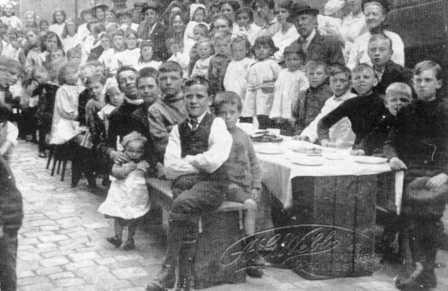 |
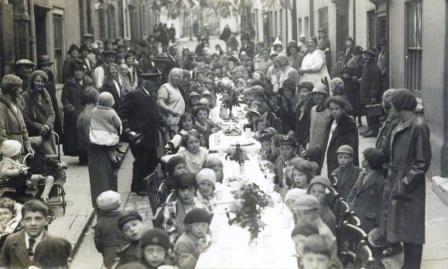 |
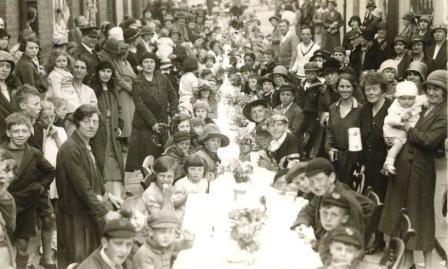 |
| Can any of these faces be recognised? | ||
MEMORIES FROM BETWEEN |
| Peace Party 1919 | Empire Day 1932 | Empire Day 1934 |
|---|---|---|
 |
 |
 |
| Can any of these faces be recognised? | ||
| The Building Work by Otto Marx | The Opening of the Astoria Cinema 1935 | |
|---|---|---|
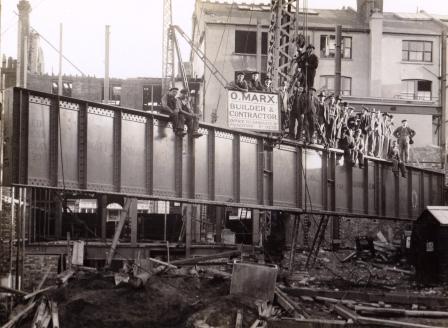 |
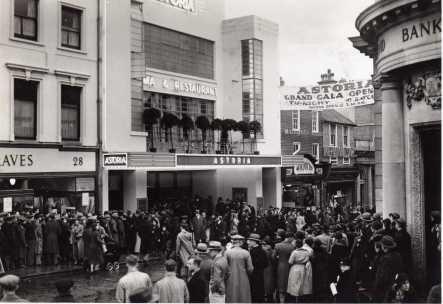 |
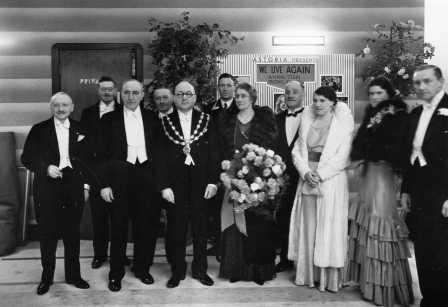 |
| This girder supported the dress circle | Can any of these faces be recognised? Robert Stokes is 4th from the left in the right hand photograph | |
| CENTRAL CAFE RESTAURANT | MAISON FARAONI | AFTER THE WAR 1947 |
|---|---|---|
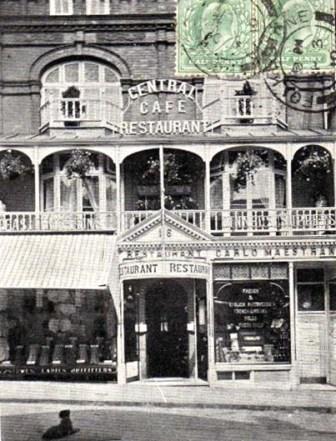 |
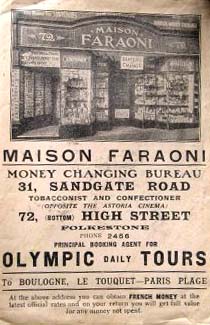 |
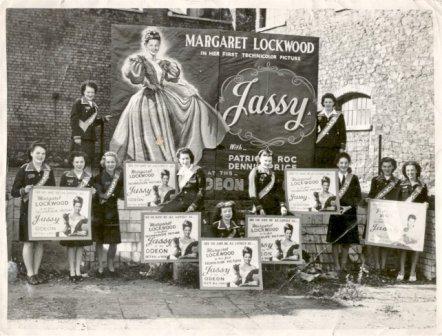 |
| Opened by Carlo Maestrani 1876 in Sandgate Road. Sold & pulled down 1932 Replaced by the Astoria Cinema. | Opposite the Astoria | The Astoria became the Odean Cinema. This is the opening of the film "“Jassy” in 1947. Were you an usherette? Top left is Gladys Marshall b.1915 m.Derek Metcalf 1942 Below: Third from Left Mabel Jane Marshall b.1913 m.Ernest Dearden 1937 With thanks to Jane Marshall for identifying these two usherettes |
| Otto Marx Builders | The Staff of Martin Walters c.1925 |
|---|---|
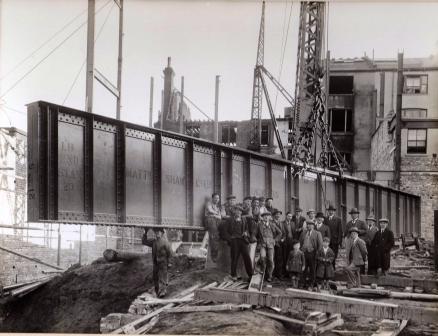 |
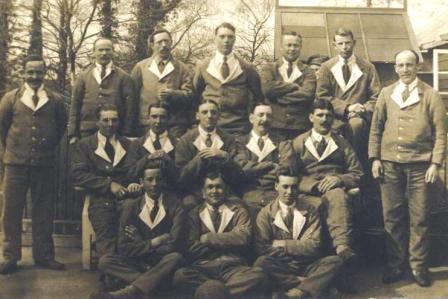 |
| Can any of these faces be recognised? Stanley Riddalls is front row right in the right hand photograph | |
|
I was born in 1923 into a large family in Folkestone. We lived in a big, very old house in Saffrons Place overlooking the harbour and Channel. As well as the ground floor and first story, the house had a large attic with a widow overlooking the sea. We could watch the ships, the storms and the lightning from here. It was a wonderful vantage point and the attic was a lovely play area. Underneath there was a huge cellar. It was big enough for a swing which hung from the beams. There was also a partitioned donkey stable in which we could store wood. My father said the house was several hundred years old and was once an Inn but we have never found any record of this. One year he and my brother were whitewashing the cellar and discovered a concrete slab under the coal in one corner. When they lifted it up they found an underground passage leading towards Dover Street. Perhaps this was one of the famous smuggler′s secret passages. Needless to say we were forbidden to explore as it was not safe and the slab was firmly secured and covered over again!
Times were very different then. Everyone knew one another and children could roam and play out in safety. There was little chance to get into serious mischief, someone would be sure to tell your parents and then there would be trouble! Some of our favourite play places were of course on the sands and paddling in the sea. Then we could run along the Beach Promenade and jump off onto the beach. This sometimes produced something of a shock as it could be quite a drop! We also loved the “Buttercup and Daisy Field” up on the East Cliff which later became the pitch and putt golf course. The Blubell Woods further away were carpetted in springtime and made a nice family outing. I attended Dover Road Girl′s School from about 1928–1937. The headmistress was Miss Wright and she also taught the top class X7. I always enjoyed school and we used to put on a play or a show each year; rehearsing for that was such fun. I often got to play the boy′s part and one year I was Scrooge. We all belonged to the “Circle” which was rather like a Youth Club for children from 7–14 years, run by the Folkestone Co-operative Society. The ladies of the commitee always found interesting things for us to do and it was well attended. We had our own Choir and the Choir Mistress was a very good teacher with a lovely contralto voice called Mrs Rouse. As the youngest choir, we had some success in coming 2nd in a “Kent Festival” held in Canterbury. I was about 15 years old then and played the piano for the choir as well as the “Circle” at that time.
Summertime was always busy with lots to do. The whole town would fill with families on holiday from London. The Leas would be packed, and a Military Band would play in the Bandstand on Sunday afternoons. There were theatres, cinemas, and The Leas Cliff Hall. We had a Regatta each year off the beach and this always ended with a lovely firework display near the Yacht Club. At the end of the summer came the “Blessing of the Fisheries” a ceremony giving thanks for the fish and the fishermen. It was attended by Clergy, dignetaries, fishermen and of course the children. Some of the local boys would spend much of the summer holidays camping in the Warren. They used to cut open walnuts and rub the juice into their skin to make themselves go brown! Naturally they had to run home every few days to stock up with more food. Winter was very different, with very cold winds and sometimes gales when the ferries could not get out of the harbour. At other times there would be a thick sea mist and the fog-horn would sound relentlessly like a bull in distress. Childhood ended when we had to start work. I was apprenticed as a dressmaker at Bobby′s in 1937 and earned the sum of 5s (25p) per week. An enormous amount of the work was done by hand then, sewing all the hems and all the finishing. The work could be tedious but I learned my trade and stayed until the start of WW2 when everything suddenly changed. |